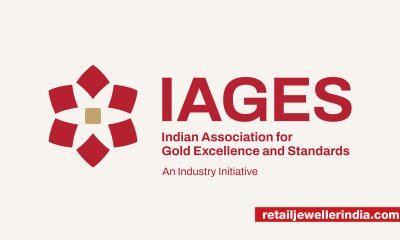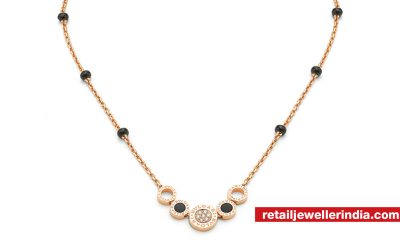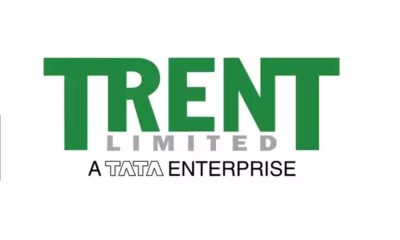Featured Interview
Aiming for change

In his first interaction with The Retail Jeweller after assuming the role of Regional CEO India, World Gold Council, Sachin Jain talks about contemporising gold, collaboratively working with the industry to introduce themes that build a new narrative for the youth, shaping the gold industry’s Self-Regulatory Organisation (SRO) as the ‘mark of trust’ for consumers, and the unique benefits that every retailer stands to gain from being a part of this novel, path-breaking initiative.
As India sets its sights on becoming a developed nation by 2047, Sachin Jain is charting an ambitious course to uplift India’s gold industry. Drawing upon his experience building the nation’s diamond dream, he envisions assembling a dream team of experts (for the SRO) to set exemplary conduct norms for the gold industry. His goal is to galvanise the industry to abide by these regulatory standards, thereby instilling greater consumer trust and propelling the business.
“Building consumer awareness and establishing the SRO mark as a ‘mark of trust’ is crucial. We are soon launching a mega-consumer campaign promoting the SRO logo. Retail companies can significantly gain from their membership in the SRO”
– Sachin Jain, Regional CEO India, World Gold Council
While transforming the gold industry’s image into a clean, reputable, and reliable one, Jain is committed to aligning efforts with those of retailers and manufacturers and collectively unravelling themes and directions that set the industry on a new growth trajectory.
Drawing upon the learnings from the Chinese market, which developed fivefold in less than five years, Jain stresses the importance of the industry coming together as partners, speaking cohesively in one voice, and amplifying themes that drive a new narrative for gold, making it desirable and relevant for the youth. He explains why AZVA, a successful concept-based bridal brand by the World Gold Council (WGC), may no longer be relevant and the pressing need
for a holistic approach to modernise the sector and position gold as an investment and
lifestyle choice
Edited Excerpts:
Soma Bhatta (SB): Does your appointment from outside the banking sector signal a shift in WGC’s focus from banking to jewellery retail?
Sachin Jain (SJ): No, not really. Organisations now value future vision over past competencies. While I will build gold expertise on the banking front, India remains an important market for gold jewellery, and my experience in retail and jewellery will add value.
SB: With your jewellery background, what initiatives will WGC take for the retail sector beyond banking or investment areas?
SJ: India is a fragmented yet second-largest gold-consuming nation in the world. We need industry-wide uniform standards that work in tandem with government regulations further to boost the credibility of those in the business. My top priority is to galvanise the industry to adapt to the standards of the self-regulatory organisation (SRO) (launched by WGC in mid-2022). We will need a robust regulatory framework as we move from a developing to a developed nation. The same applies to our industry. It will be the bedrock of all future transformations in the gold industry and the only way to realise its full potential.
Besides, there will be a renewed focus on contemporising the image of gold. Expect changes in retail practices, product offerings, and industry upliftment through transparency and modernity. We will work closely with the industry to create a more open, accepted image.
SJ: The SAA was the starting point for initiating conversations, and through this initiative, we have engaged with over 2,500 industry players. The SRO will build upon the groundwork laid by SAA and aim to uplift the industry’s image through an esteemed board that ensures ethical practices. SRO certification will be similar to how a Best Practice Principles Assurance Programme works for De Beers.
SB: How will the SRO ensure credibility and enforce standards?
SJ: An SRO is independent of industry councils and government, with a self-governing code of conduct and transparent operations. Its board members will be driven by a mindset of national interest, not just industry interests. They will lay exemplary conduct norms and certify members based on an independent audit system while enforcing authority over members.
The SRO logo will signify adherence to higher standards of quality and ethics, instilling greater consumer trust. SROs across various industries work the same way.
SB: From a consumer perspective, how will the SRO build trust and transparency in retail transactions?
SJ: Building consumer awareness and establishing the SRO mark as a ‘mark of trust’ is crucial. We are soon launching a mega-consumer campaign promoting the SRO logo.
Beyond big cities, we want to penetrate small towns and villages where customers walk into small shops and identify the mark. When consumers see the SRO mark, they should feel assured of the business’s transparency and ethical practices. We will communicate what the mark represents—a safe, reliable purchase and investment. Retail companies can significantly gain from their membership in the SRO.
SB: What advantages will SRO recognition bring for retailer relationships with banks and the government?
SJ: The ambition is for SRO certification to signal robust financials and operations, making banks more willing to offer metal loans and credits. Many retailers prefer privacy over borrowing, but financing is essential for expansion. With SRO recognition, banks and the government will view associated retailers as lower-risk and compliant, facilitating better relationships and business opportunities.

SB: In the past, WGC has seen considerable success with the bridal gold jewellery brand AZVA. Are there plans to enter this space?
SJ: Times are different. Over a decade ago, organised retail jewellery brands did not wield much power when AZVA launched. At the time, brands like AZVA added tremendous value to retail partners. Today, the markets have many retail brands with very strong equity. There are national and regional brands that have massive market shares. There is far less need to hinge on a partner brand to attract customers. Creating a new brand would be expensive and may not be necessary. Instead, we aim to align our efforts with those of retailers and manufacturers, draw upon their strengths, and collectively build new ideas.
SB: What will the new approach be to developing the gold market?
SJ: We have a very interesting case study from China, where gold demand has rebounded in the last five years. Together with the industry, WGC seeded the idea of 24k gold. The top 20 players in the Chinese market magnified the concept in myriad ways, catapulting demand for 24k gold jewellery. Along similar lines, we will conduct extensive consumer research to understand needs and preferences in India. Based on this research, the focus is on developing contemporary and common themes and directions that collectively benefit the industry. The industry must adapt new themes and speak in one voice to maximise the opportunities WGC invests in. India’s young population will keep the consumption demand high for the next three decades, and it is essential for the industry to come together to build a new narrative that keeps gold jewellery relevant for new generations. We want an industry focused on contemporary needs, desires, and aspirations through modern, contextual product offerings and marketing strategies. We are also looking at ways to modernise the way retailers promote bullion. Youth is favourably looking at gold as an asset. We want to make it more attractive for the young and marginally more profitable for the retailers.
“The focus is on developing contemporary and common themes and directions that collectively benefit the industry. The industry must adapt new themes and speak in one voice to maximise the opportunities WGC invests in”
SB: WGC’s ‘You Are Gold’ campaign introduced gold in a new context. What are the plans regarding its continuation?
SJ: ‘You Are Gold’ is a 360-degree campaign that projects gold as fashionable and befitting of modern style. It revitalised the category in many ways. The trade imagined new possibilities, while the customer changed their traditional perception of gold jewellery. However, the campaign’s lack of any specific call to action led to many missed opportunities at retail. We are re-strategising the modalities and ensuring that advertised products are widely available on shelves, directly impacting sales.
SB: How can the low uptake of the gold monetisation scheme be improved?
SJ: More efficient systems and trust-building mechanisms between consumers and government are needed. WGC aims to simplify the process, but tax scrutiny concerns remain a hurdle.
SB: Gold prices are rising. Is there merit in decoupling manufacturing charges from the gold value percentage?
SJ: Gold could be made more affordable as a fashion item, increasing customer purchase frequency. Brands like Mia sell products under Rs. 10,000 in large volumes without excessive focus on making charges. However, excessive reduction risks commoditising the product and ignoring value-added elements like craftsmanship. Contrary to common belief, most consumers are unaware of pricing components and structure. There is an opportunity to educate them and build premium brands celebrating high making charges through better differentiation, delivery, and packaging.
SB: What are the current top priorities – SRO, product initiatives, or financial aspects like gold loans?
SJ: Establishing the SRO is the immediate top priority, along with financial solutions like gold monetisation and metal loans. After the research phases, product theme initiatives will follow in 2025.
Written by Soma Bhatta

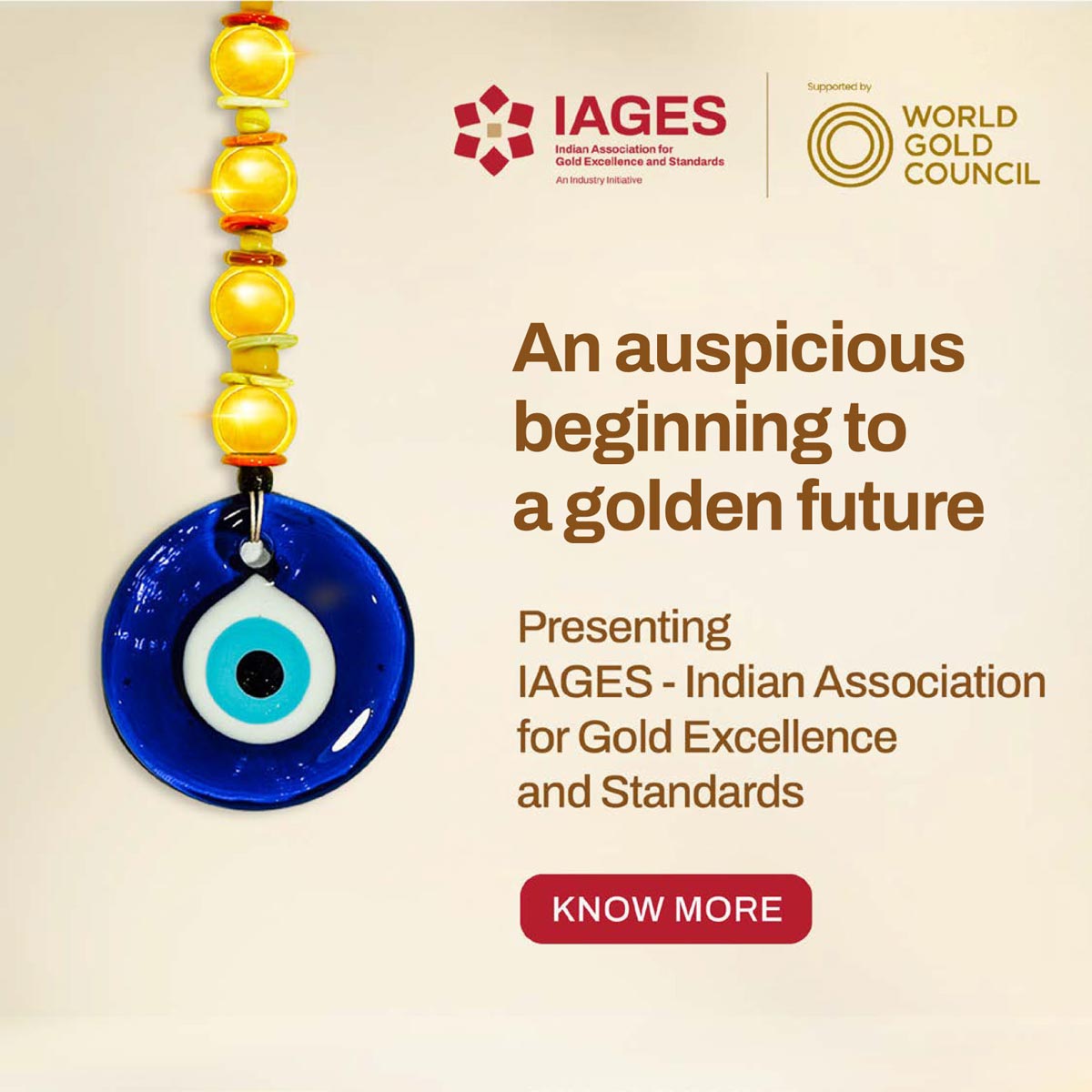
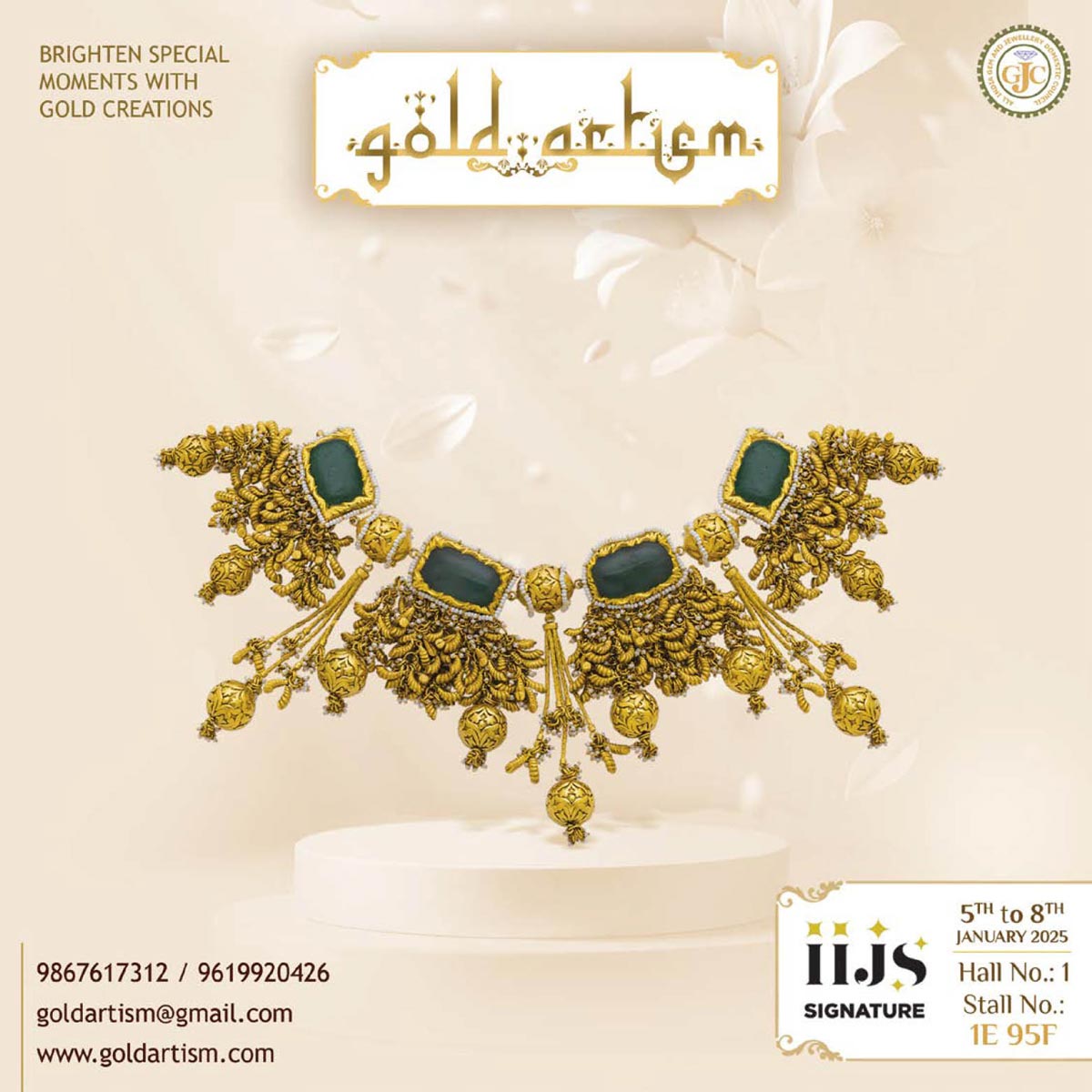

 Daily News2 months ago
Daily News2 months agoBvlgari adds designs to its pathbreaking mangalsutra collection ahead of wedding season

 Daily News1 month ago
Daily News1 month agoTrent, a TATA subsidiary, launches lab-grown diamond brand ‘Pome,’ shares surge 7.67%

 Daily News2 weeks ago
Daily News2 weeks agoMalabar Gold & Diamonds launches ‘Heritage Show’ in Mangalore, featuring jewellery inspired by Maharanis

 Daily News3 weeks ago
Daily News3 weeks agoSavji Dholakia’s visionary water conservation project ‘Bharatmata Sarovar’ reinforces commitment to sustainability




